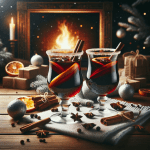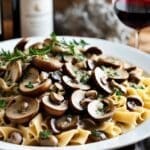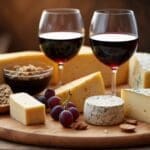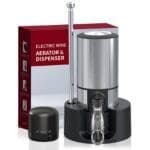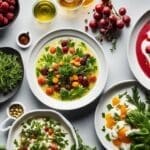When exploring the effervescent world of Champagne, you’ll come across two terms that distinguish levels of taste and rarity: vintage and non-vintage. These labels hint at the difference between vintage and non vintage champagne in production methods, aging processes, and flavour complexities, each with its unique appeal to Champagne enthusiasts.
Vintage Champagne is produced from grapes all harvested in the same exceptional year, making it rare and often more expensive. It is aged for a minimum of three years and reflects the characteristics of a specific harvest.
Non-vintage Champagne, on the other hand, is a blend of grapes from various years, allowing for a consistent house style with each release.
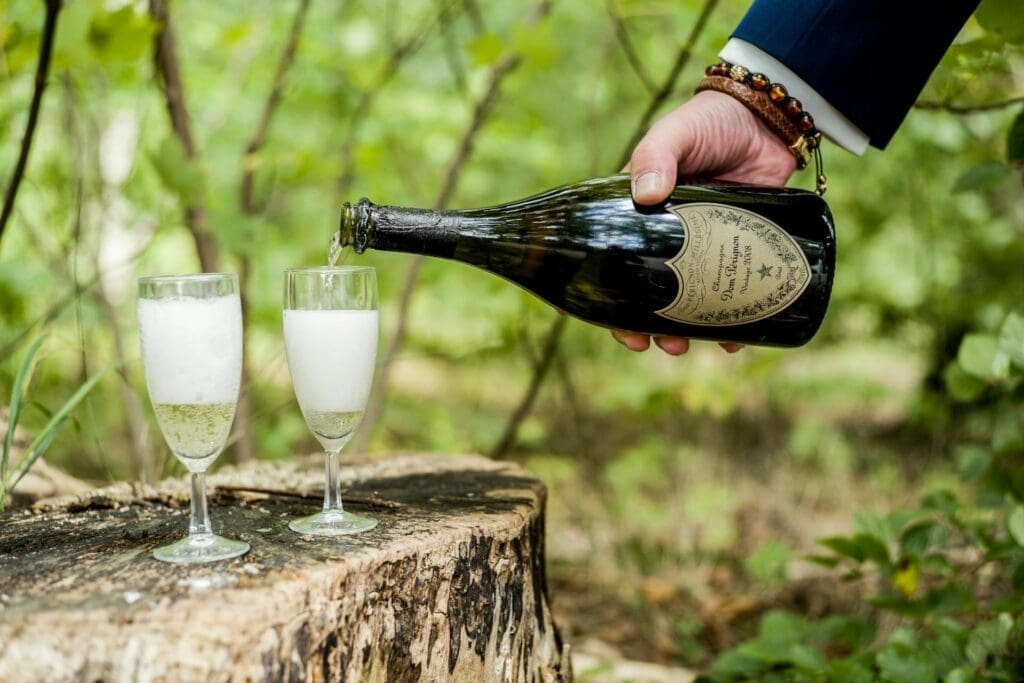
The contrast between vintage and non-vintage Champagne extends beyond just the labeling on the bottle. Non-vintage varieties, which are more commonly consumed, are crafted to offer a consistent taste that represents the brand’s signature style, ideal for those who appreciate familiarity.
Vintage Champagnes are celebrated for their complexity and potential to evolve with time, often reserved for special occasions or for those who have a penchant for the nuances of aged wines.
Both types have their place on the dinner table or in a collector’s cellar, each offering a unique experience reflective of the Champagne house’s craftsmanship and the climatic tale of its terroir.
Key Takeaways
- Both vintage and non-vintage Champagne bring unique qualities to the table.
- Non-vintage Champagnes offer consistency and reflect a house’s standard taste profile.
- Vintage Champagnes are known for their depth and potential to age gracefully.
Fundamentals of Champagne Production
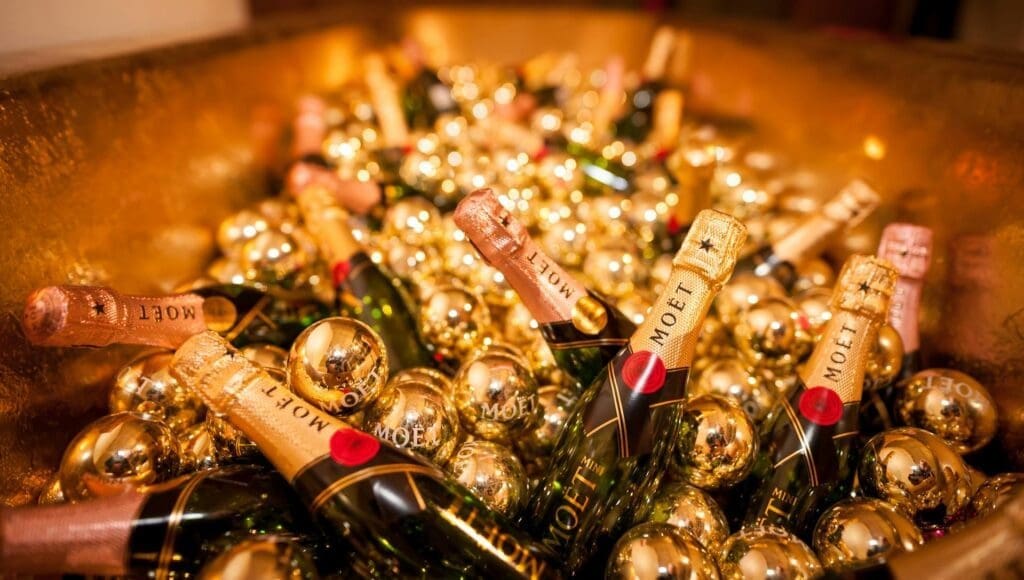
As you explore champagne, it’s essential to grasp how vintage and non-vintage varieties differ fundamentally in the making process, affecting their unique styles and tastes.
Roles of Vintage and Non-Vintage in Production
Vintage champagne is produced using the grapes of a single year’s harvest, embodying the distinct character of that year’s weather and terroir. It is a showcase of a winemaker’s ability to express the nuances of time in a bottle. In contrast, non-vintage champagne is a blend of harvests from multiple years. This allows the winemaker to maintain a consistent house style, balancing the variations from year to year.
Understanding Champagne Blending
Blending is the artful process wherein different wine batches are combined before bottling. For non-vintage champagnes, this often includes wines that may have been aged for various times, adding complexity. The blend typically includes different grape varieties, which, under the expertise of the winemaker, creates a harmonious final product that portrays the signature style of the champagne house.
The Aging Process in Champagne Making
After blending, champagne undergoes a second fermentation in the bottle, which creates its iconic effervescence. The aging process then begins, with the wine resting on lees, the dead yeast cells, for at least 15 months for non-vintage and 3 years for vintage. This duration of time on lees is crucial: it contributes to the complexity, depth, and aromatic maturity of the champagne, distinguishing the subtleties between vintage and non-vintage champagnes.
Characteristics and Tasting Profiles
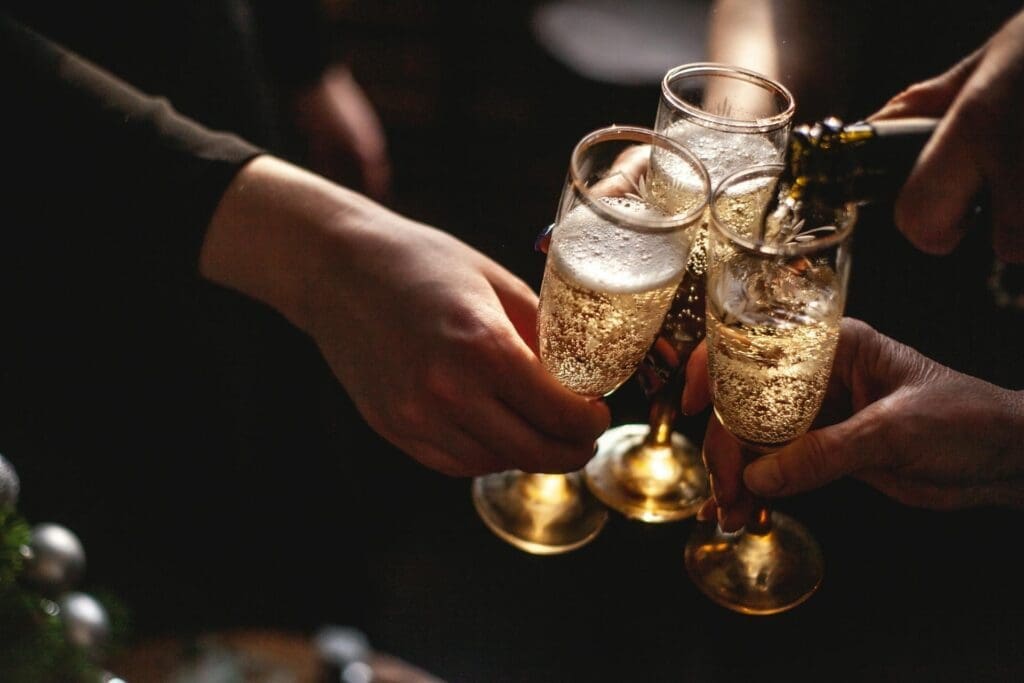
In exploring the realms of champagne, your appreciation of vintage and non-vintage varieties is deepened by understanding their individual characteristics and tasting profiles.
Comparing Taste and Aromas
Vintage champagnes boast a distinctive taste and aroma profile due to the specific year’s harvest from which they’re produced. The flavours are usually more complex and refined, with notes that may include anything from brioche to dried fruits, depending on the vineyard’s region and the grapes used. In contrast, non-vintage champagnes present a more consistent flavour, combining harvests for a taste that reflects the house style. While they may not exhibit the same complexity, the quality and signature aromas of the house are maintained year on year.
Aging Influence on Flavour and Bubbles
The ageing process is critical and imparts notable differences between the two types. Vintage bottles are aged for a minimum of three years, with many champagnes maturing far longer. This extended ageing allows for the development of finer bubbles and a smoother palate. Non-vintage champagnes are typically aged for at least 15 months, resulting in a brisk, fresher sparkling wine experience, often enjoyed at celebrations and suitable for a variety of occasions.
Labeling and House Styles
Labelling can clue you in on what to expect from a bottle. Vintage champagnes will be labelled with the year of the harvest, indicating a snapshot of that year’s climate and terroir. With non-vintage champagnes, the focus is on the consistency of the house style, irrespective of year, achieved by blending multiple years together to produce a cuvée that’s representative of the brand. Champagne houses take great pride in crafting a consistent entry product that embodies their standards of value and quality, often using a blend of chardonnay, pinot noir, and pinot meunier from various vineyards.
Frequently Asked Questions
When exploring the nuanced world of Champagne, you’ll often encounter terms like ‘vintage’ and ‘non-vintage’, which are fundamental to understanding these effervescent wines.
What distinguishes vintage from non-vintage Champagne in terms of aging requirements?
Vintage Champagne, by regulation, must age for a minimum of three years. It’s made from grapes all harvested in the same year—a year considered exceptional by the winemaker. In contrast, non-vintage Champagne blends multiple years’ harvests and typically ages for at least 15 months, focussing on maintaining a consistent house style.
How can one discern the quality differences between vintage and non-vintage Champagne?
The quality of vintage Champagne often eclipses that of non-vintage due to its extended ageing which imbues greater complexity and flavour depth. Non-vintage Champagne, while still high-quality, is crafted for consistency and approachability, making it more about the brand’s signature taste rather than the uniqueness of a particular year.
Are there discernible price disparities between vintage and non-vintage Champagne?
Yes, vintage Champagne is usually more expensive owing to its limited production, longer ageing process, and the bespoke character of each vintage. Non-vintage Champagne is more affordable and widely available, appealing to those who appreciate Champagne’s quintessential qualities without the vintage price tag.
What defines a non-vintage Champagne, and how does it differ in production practices?
Non-vintage Champagne is a blend of base wines from different years, designed to offer a reliable and familiar taste that reflects the brand’s profile. This blending process, or assemblage, differs significantly from vintage production, which is about the expression of a singular, outstanding year.
Can you name esteemed brands that specialise in vintage Champagne?
Certainly. Renowned houses like Moët & Chandon, Louis Roederer, and Dom Pérignon are acclaimed for their vintage Champagnes, each offering an indelible expression of the year’s unique climate and terroir.
Why might some Champagnes lack a specified vintage, and what does this signify?
Champagnes without a specified vintage are non-vintage, indicating that they are a harmonious blend from multiple years. This ensures the Champagne’s taste remains consistent over time, a hallmark of the brand’s enduring signature style.
Sip smarter, subscribe now!
Subscribe for gourmet tips, event updates, travel ideas, and a free e-book on Food Pairings. Start your journey to culinary and travel excellence!




